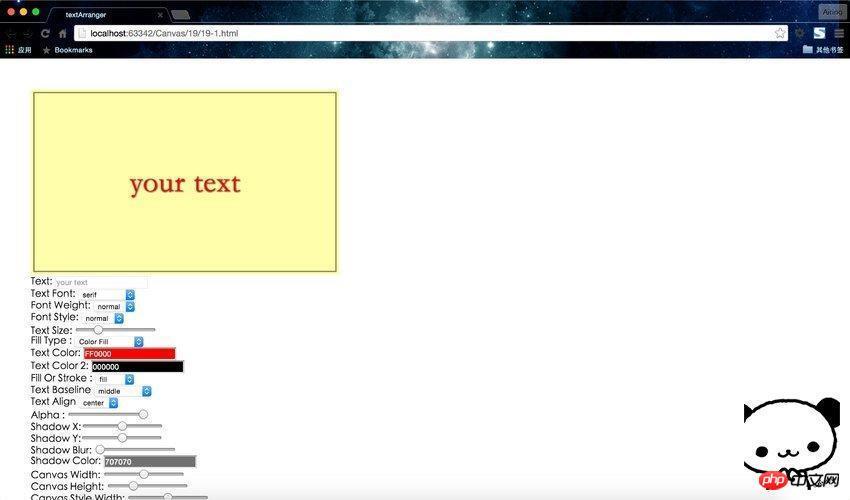vue.js声明全局变量的方法:首先设置专用的的全局变量模块文件,模块里面定义一些变量初始状态;然后用export default暴露出去;最后在【main.js】里面使用【Vue.prototype】挂载到vue实例上面,引入该模块即可。

本教程操作环境:windows7系统、vue2.9版,该方法适用于所有品牌电脑。
vue.js声明全局变量的方法:
定义全局变量
原理: 设置一个专用的的全局变量模块文件,模块里面定义一些变量初始状态,用 export default 暴露出去,在 main.js 里面使用 Vue.prototype 挂载到 vue 实例上面或者在其它地方需要使用时,引入该模块便可。
全局变量模块文件:
Global.vue 文件
<script>
const serverSrc='www.baidu.com';
const token='12345678';
const hasEnter=false;
const userSite="中国钓鱼岛";
export default
{
userSite,//用户地址
token,//用户token身份
serverSrc,//服务器地址
hasEnter,//用户登录状态
}
</script>方法一: 在需要的地方引用进全局变量模块文件,然后通过文件里面的变量名字获取全局变量参数值。
<template>
<div>{{ token }}</div>
</template>
<script>
import global_ from '../../components/Global'//引用模块进来
export default {
name: 'text',
data () {
return {
token:global_.token,//将全局变量赋值到data里面,也可以直接使用global_.token
}
}
}
</script>
<style scoped>
</style>方法二: 在程序入口的 main.js 文件里面,将上面那个 Global.vue 文件挂载到 Vue.prototype。
import global_ from './components/Global'//引用文件
Vue.prototype.GLOBAL = global_//挂载到Vue实例上面接着在整个项目中不需要再通过引用 Global.vue 模块文件,直接通过 this 就可以直接访问 Global 文件里面定义的全局变量。
text2.vue:
<template>
<div>{{ token }}</div>
</template>
<script>
export default {
name: 'text',
data () {
return {
token:this.GLOBAL.token,//直接通过this访问全局变量。
}
}
}
</script>
<style scoped>
</style>相关免费学习推荐:JavaScript(视频)
以上就是vue.js如何声明全局变量的详细内容,转载自php中文网





发表评论 取消回复